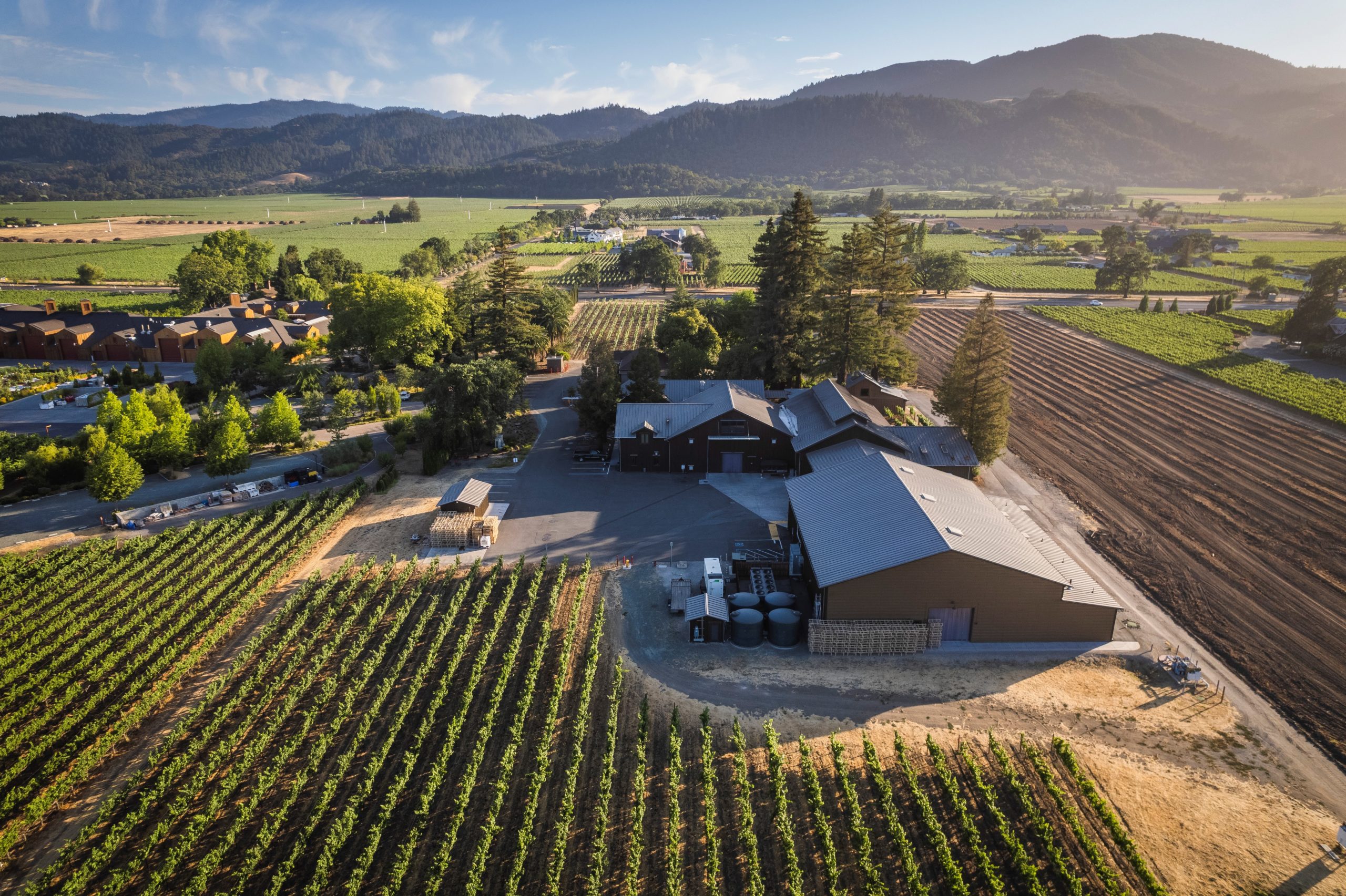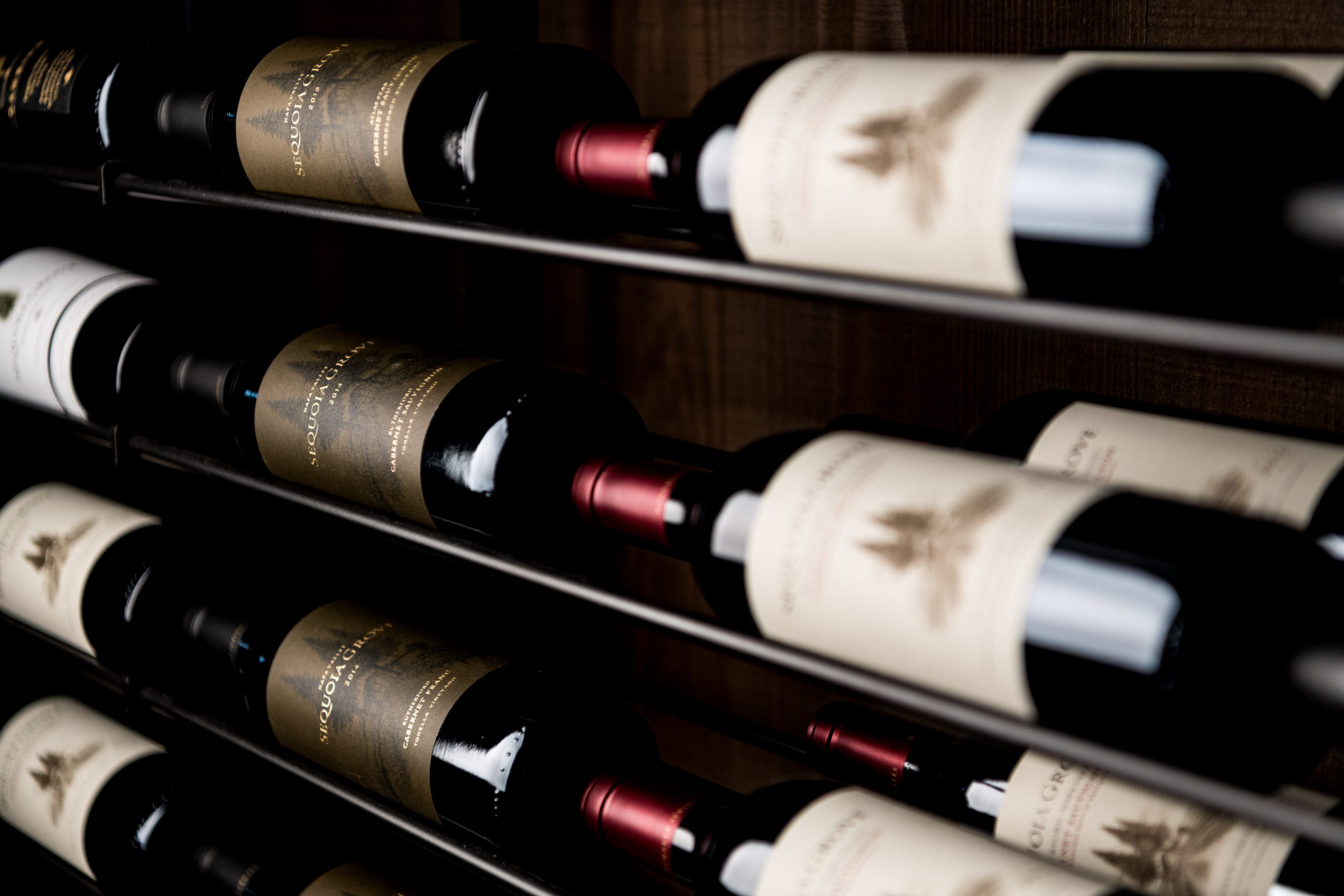The ‘Rutherford Dust’ Effect
“When it comes to producing great wine, it starts with growing great grapes,” says Steven Bowden, Sequoia Grove’s Vice President of Sales and Marketing..
Rutherford is situated in the middle of the Napa Valley and ranks among the finest AVAs. It is one of the widest parts of Napa Valley, giving it more sunlight hours, with hot days and cool nights ideal for growing Cabernet Sauvignon.
“Rutherford’s location near the San Pablo Bay causes a cooling effect at night that delivers morning cloud cover. The morning fog slows certain aspects of ripening, helping to maintain acidity,” explains Steven.
Rutherford’s soils are also unmatched: “There are many different soil types that work for Cabernet Sauvignon. What’s important is good drainage and not too much soil fertility to encourage ripening. What makes Rutherford extra special is the prevalence of volcanic soils which unexplainably add an earthy, ‘dusty’ taste to the wines,” he shares.
It was Andre Tchelistcheff, a Russian-born immigrant turned Napa winemaking pioneer, who coined the term ‘Rutherford dust’.The Rutherford dust effect is what wine writers describe as a delicate “cocoa powder finish.” It comes from the region’s deep soils and unique microclimates that help round out the tannins. The mythical ingredient is so sought-after that a Rutherford Dust Society exists! The society consists of members passionate about preserving the AVA’s unique terroir. Naturally, Sequoia Grove is a proud member. When it comes to Sequoia Grove wines, the ‘dust effect’ is particularly prevalent in our Cabernet Sauvignon.
“While our wines show off a classic Cabernet fruit-forward profile, there is extra nuance. Imagine going for a walk along the valley floor, and as you walk you are crunching over dead leaves and branches, kicking up dust. When you open a Sequoia Grove Cabernet, you’ll enjoy these forest floor aromatics and soft, powder-like tannins. That’s also the dust effect. These flavors represent Rutherford,” muses Steven.

